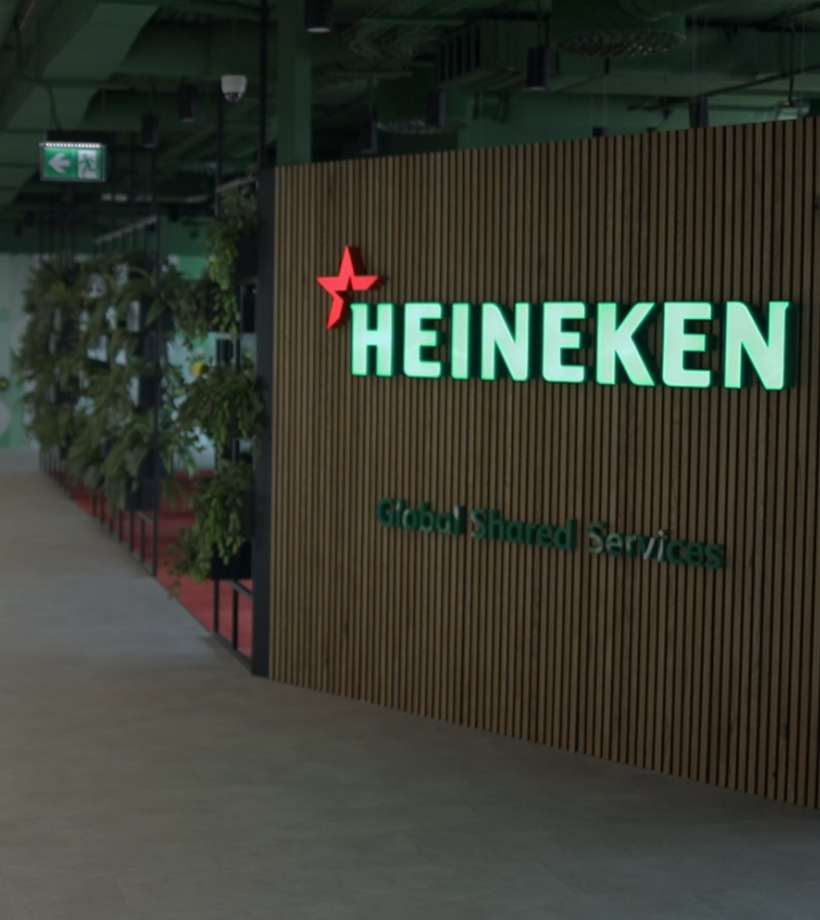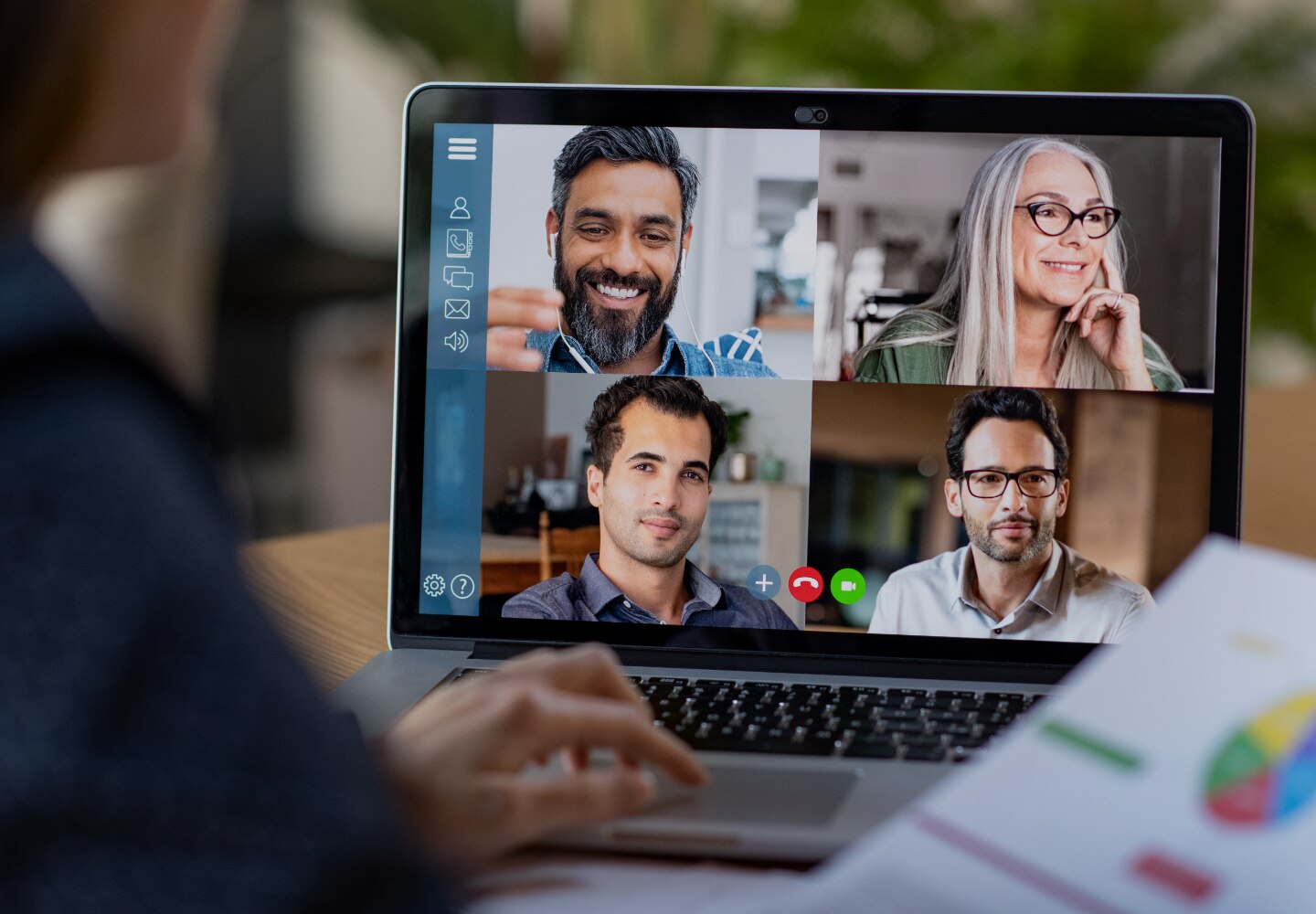-
Featured services
2026 Global AI Report: A Playbook for AI Leaders
Why AI strategy is your business strategy: The acceleration toward an AI-native state. Explore executive insights from AI leaders.
Access the playbook -
Services
Alle Services und Produkte anzeigenNutzen Sie unsere Fähigkeiten, um die Transformation Ihres Unternehmens zu beschleunigen.
-
Services
Network-Services
Beliebte Produkte
-
Services
Cloud
Beliebte Produkte
-
Services
Consulting
-
Edge as a Service
-
Services
Data und Artificial Intelligence
- KI und intelligente Lösungen
- Daten-/KI-Strategie und -Programm
- Data Engineering und Plattformen
- Daten-Governance und -management
- Datenvisualisierung und Entscheidungsfindung
- $name
- GenAI Platforms
- GenAI Industry Services
- GenAI Infrastructure Services
- GenAI Value Transformation
- Data und Artificial Intelligence
-
-
Services
Global Data Centers
-
Beliebte Produkte
-
Services
Application Services
-
Services
Sustainability Services
-
Services
Digital Workplace
-
Services
Business Process Services
-
Services
Generative AI
-
Services
Cybersecurity
-
Services
Enterprise Application Platforms
![]()
IDC MarketScape: Anbieterbewertung für Rechenzentrumsservices weltweit 2023
Wir glauben, dass Marktführer zu sein eine weitere Bestätigung unseres umfassenden Angebotes im Bereich Rechenzentren ist.
Holen Sie sich den IDC MarketScape -
-
Erkenntnisse
Einblicke und RessourcenErfahren Sie, wie die Technologie Unternehmen, die Industrie und die Gesellschaft prägt.
-
Erkenntnisse
Ausgewählte Einblicke
-
Die Zukunft des Networking
-
Using the cloud to cut costs needs the right approach
When organizations focus on transformation, a move to the cloud can deliver cost savings – but they often need expert advice to help them along their journey
-
So funktioniert Zero-Trust-Sicherheit für Ihr Unternehmen
Sorgen Sie dafür, dass Zero-Trust-Sicherheit für Ihr Unternehmen in hybriden Arbeitsumgebungen funktioniert.
-
-
Erkenntnisse
![]()
Copilot für Microsoft 365
Jeder kann mit einem leistungsstarken KI-Tool für die tägliche Arbeit intelligenter arbeiten.
Copilot noch heute entdecken -
-
Lösungen
Alle LösungenWir helfen Ihnen dabei, den Anforderungen an kontinuierliche Innovation und Transformation gerecht zu werden
Global Employee Experience Trends Report
Excel in EX mit Forschung basierend auf Interviews mit über 1.400 Entscheidungsträger:innen auf der ganzen Welt.
Besorgen Sie sich den EX-Report -
Erfahren Sie, wie wir Ihre Geschäftstransformation beschleunigen können
-
Über uns
Neueste Kundenberichte
-
Liantis
Im Laufe der Zeit hatte Liantis, ein etabliertes HR-Unternehmen in Belgien, Dateninseln und isolierte Lösungen als Teil seines Legacysystems aufgebaut.
-
Randstad
We ensured that Randstad’s migration to Genesys Cloud CX had no impact on availability, ensuring an exceptional user experience for clients and talent.
-
-
![Heineken Landing Page]()
NTT DATA und HEINEKEN
HEINEKEN revolutioniert die Mitarbeitererfahrung und die Zusammenarbeit mit einem hybriden Arbeitsplatzmodell.
Lesen Sie die Geschichte von HEINEKEN -
- Karriere
Topics in this article
Combined in-person and virtual strategy
It seems widely accepted now that when physical events do make a comeback, some element of virtual will remain. After all, there are so many benefits for virtual event organizers: you can have attendees from anywhere in the world; you can involve speakers and exhibitors who may not wish – or be able – to travel; and you can potentially monetize or cover your costs more easily from a larger audience.
But if the future does mean physical and virtual events will converge, what will this mean for your organization? Here are some considerations that I hope will help your thinking as you plan for hybrid events as part of a combined in-person and virtual events strategy.
Connect your key internal stakeholders
Finally, different departments within organizations may have had little reason to collaborate on events they were planning. After all, externally focused marketing departments and internally focused comms or HR teams have different needs. All this changed with the pandemic, suddenly each functional area started turning to IT departments for support.
Virtual events are set to be a staple part of how everyone reaches their audiences – whether these are clients, customers or colleagues. This means that now is the time to connect your key internal stakeholders. By aligning your strategy owners and decision makers you’ll be able to create a blueprint for the future. This will allow you to procure and deliver virtual or hybrid events effectively and efficiently and optimize your return on investment.
At the Cloud Communications division of NTT, we know how important this is to our clients. Increasingly, they want a supplier/partner with expertise in both hybrid and virtual events strategy and delivery to bring together their various stakeholders. This is what we offer in our Digital Events Discovery Workshops and it’s a proven process.
Establish your objectives
Perception is often reality. Within any organization, different people may well have different views of what virtual events are – and what they can be. It’s probably no different at your company and you and your colleagues may have prior experience of virtual events. These will have shown the extent – for better or worse – to which audiences were engaged by what should be informative, inspiring and inclusive experiences.
When there are different needs and objectives within an organization, it can be hard to make satisfactory progress. Yet, by capturing both individual and common goals from all your stakeholders you’ll ensure you measure everything that defines success. With a plan in place, you can track, assess and amend as needed to suit changing requirements or market conditions.
It’s why we recommend that you only work with a partner that knows the right questions to ask; one that can help you establish your objectives and what to consider when having these discussions. In guiding you and your stakeholders through a process to reach those common objectives, our Digital Events Discovery Workshops are a great way to get started.
Assess platforms and providers
With your objectives clarified, you can use these to inform your next steps. Often this will involve some discovery and review. Across your organization, which webcast, virtual event platforms and physical events providers have you used over the past 12 to 24 months?
During this review stage, you can gather and analyze outcomes and feedback from using your current products and services. You’ll be able to match their benefits to your key objectives and uncover any gaps. By consulting with different stakeholders internally you should be able to get a clearer picture of how their events have worked. This will help you identify not just the technical possibilities, but also any pressure points or demands on internal resources likely to be crucial to achieving your objectives.
Turn your plans into actions
The purpose of our Digital Events Discovery Workshops is to help our clients succeed. From the workshops, we create a document with suggested next steps around implementation. This is something that, working closely with suppliers, you can then make real progress with.
For example, where operational efficiency is key, connecting virtual and physical events providers via the ordering process can be beneficial.
Or if boosting brand awareness is a key objective, you might find that shifting from a collaboration tool (e.g., Webex or Teams) to a branded webcasting platform is worthwhile.
Where there are considerations around resource optimization, you may want to outsource services across your physical and virtual event delivery. Alternatively, you may decide that training internal teams to run self-service solutions is the route to follow.
Last but not least, the level of investment required is almost always an important factor. As such, supplier consolidation – spanning technology, services, hotels and venues – is another key consideration to make. A cost analysis of virtual v physical v hybrid – and/or reframing of your meetings policy parameters, will also help you turn planning into action.
If you’re looking to communicate globally, one added benefit – and budget saver – with hybrid events is that language differences are no longer a barrier. An event held in one location or combining speakers in different locations can serve multiple audiences. You can set up your virtual event platform for multiple languages at a touch of a button and provide virtual audiences with their choice of alternative language captions.
Blend your in-person and virtual events strategy for hybrid events
Further reading



